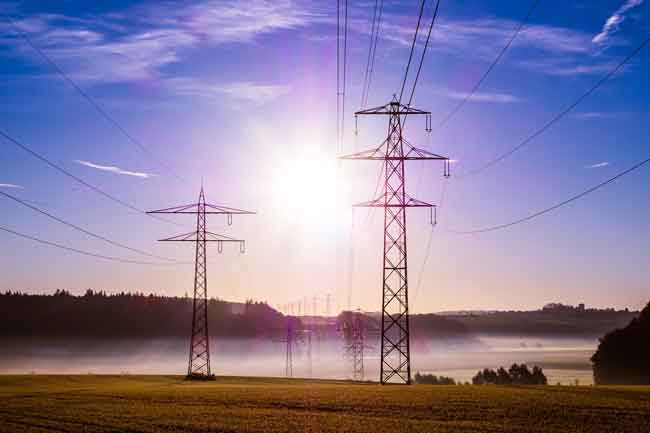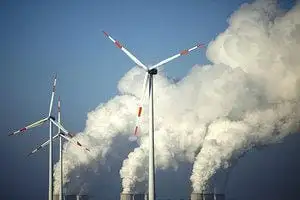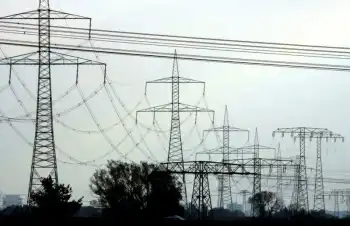Alberta proposes splitting regulator into two separate agencies
By Platts
Substation Relay Protection Training
Our customized live online or in‑person group training can be delivered to your staff at your location.

- Live Online
- 12 hours Instructor-led
- Group Training Available
The Alberta Utilities Commission Act, also known as Bill 46, would split the EUB into a new Energy Resources Conservation Board and a new Alberta Utilities Commission.
The ERCB would concentrate "exclusively on the responsible development of Alberta's energy resources," while the AUC would oversee the distribution and sale of gas and electricity to Alberta consumers in addition to overseeing decisions on new transmission facilities.
"This bill will help ensure our regulatory system can effectively manage growth pressures and provide all Albertans with access to a robust regulatory authority as we develop our resource and utilities system," Alberta Energy Minister Mel Knight said.
"This new structure will create two distinct bodies of experts that can make timely decisions to capitalize on opportunities that are in the public interest," he added.
The Utilities Consumer Advocate will operate as part of the new AUC, with an expanded mandate including representing small gas and electricity consumers in regulatory proceedings, along with having "the direct responsibility to solicit the views of Albertans on utility matters," the province's DOE said.
As such, the new AUC will "continue to recognize the need to balance the rights of affected landowners, municipal policies and the province's overall need for new transmission."
Bill 46 also will strengthen the investigative powers of the Market Surveillance Administrator to ensure that gas and power markets "are fair, efficient and openly competitive."
Fines for breaches of market conduct will be increased to up to C$1 million a day against offending market participants, the province's DOE said. However, the new structure will not change the operations of rural electrification associations, nor of municipalities that own distribution wires and are not currently regulated by the EUB.
The Alberta Legislature will take up Bill 46 this fall. Assuming the bill is passed, the new structure should take effect on January 1, 2008. In the meantime, the EUB will continue to act on filings and applications currently under consideration.











